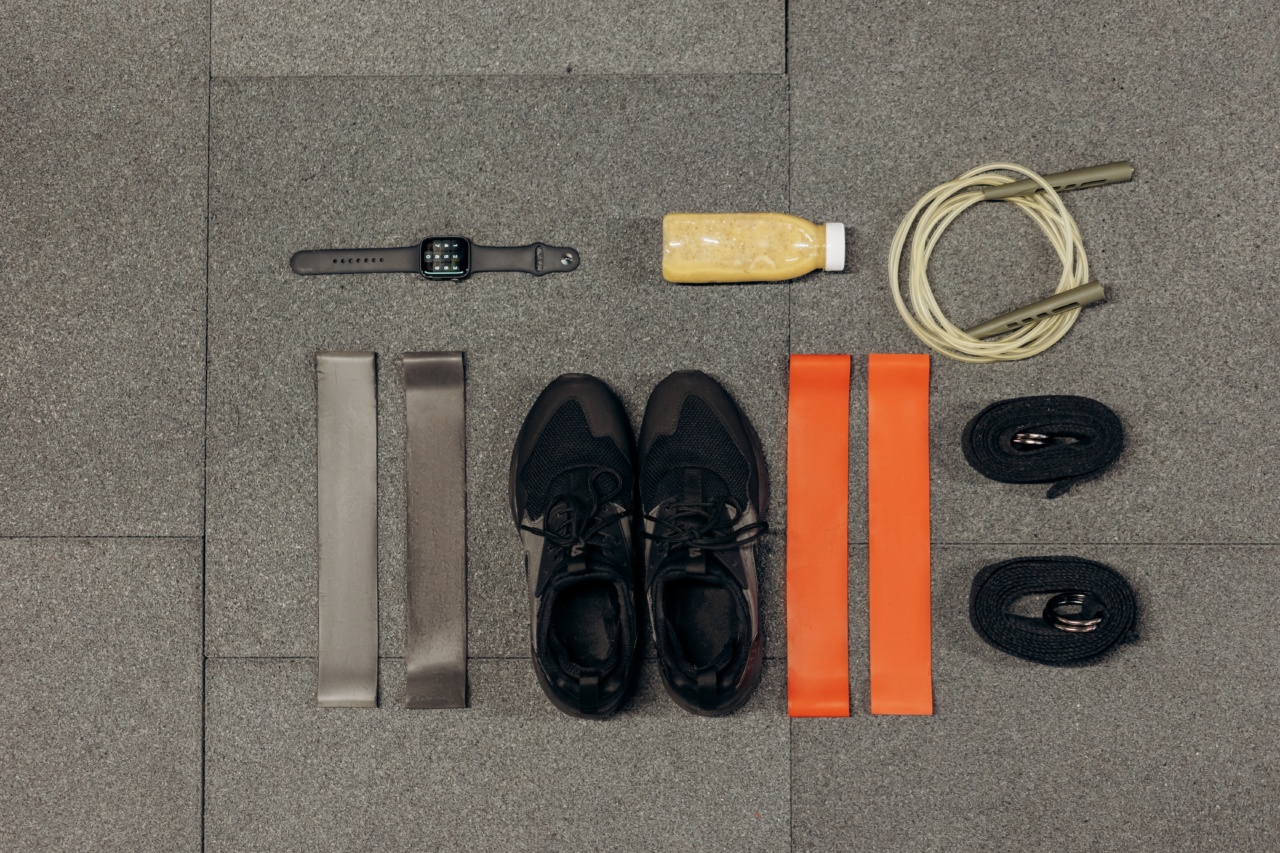Hydrotherapy is a form of water-based exercise that provides a dual purpose of exercise and rehabilitation tool. It involves immersing oneself in water to perform various exercises with the movements being buoyed by the water.
Hydrotherapy is a versatile form of exercise and rehab that can be used to treat various medical conditions and help improve overall body health.
: How Hydrotherapy Works
Hydrotherapy works by utilizing the unique properties of water to create a low-impact exercise environment that reduces strain on joints and enables a broader range of movement.
Water provides a cushioning effect that lessens the impact of weight-bearing exercise and swimming against the resistance of the water provides a whole-body workout. The buoyancy of water allows for exercises that are difficult or impossible to perform on land, such as weight-bearing exercises for individuals with mobility problems or neurological issues.
: Benefits of Hydrotherapy
Hydrotherapy provides several benefits, both physically and mentally. Recent research has found that hydrotherapy can help improve circulation, strengthen the immune system, relieve pain, reduce anxiety, and improve sleep.
Hydrotherapy can also aid individuals in losing weight, reducing blood pressure, and improving cardiovascular health. The low-impact nature of hydrotherapy allows individuals with joint pain or arthritis to exercise and enjoy a high-intensity workout without putting extra strain on their joints.
: Hydrotherapy for Rehabilitation
Hydrotherapy can be used as an effective rehabilitation tool for individuals recovering from an injury, surgery, or medical condition.
The buoyancy and resistance of water provide a low-impact environment that can aid in reducing pain, improving flexibility, and increasing strength. Hydrotherapy is often used in conjunction with other forms of rehabilitation to help reinforce musculoskeletal structures, improve range of motion, and retrain movement patterns.
: Hydrotherapy for Athletes
Hydrotherapy is becoming increasingly popular with athletes at all levels. Water-based training is an effective way to increase cardiovascular fitness, strength, and endurance without exposing athletes to the risk of injury from high-impact training.
Hydrotherapy can also be used as a rehabilitation tool for athletes recovering from an injury, allowing them to maintain a level of fitness while healing.
: Hydrotherapy for Arthritis
Hydrotherapy can be an effective form of exercise for individuals with arthritis. The buoyancy of water allows for a low-impact workout that helps to relieve pain and stiffness in the joints.
The resistance of water can also aid in building muscle strength, which is essential to provide support to damaged joints. Hydrotherapy can be used as an adjunct to medication and other forms of treatment for arthritis, providing a non-pharmacological option for pain relief.
: Hydrotherapy for Mental Health
Hydrotherapy can provide benefits for mental health as well as physical health. The soothing properties of water can help to reduce anxiety and promote relaxation. Water provides a calming influence that can help to reduce stress and improve sleep.
Hydrotherapy has also been found to be an effective treatment for depression, particularly in conjunction with other forms of therapy.
: Hydrotherapy Exercises
Hydrotherapy exercises can vary depending on the individual’s needs and goals. Exercises can be as simple as walking or jogging in the water or as complex as using specialized equipment to target specific muscle groups.
Resistance bands, water weights, and buoyancy belts can all be used to add resistance and intensity to a workout. Water aerobics classes are also a popular option, providing a group exercise environment and a fun way to stay active.
: Hydrotherapy Safety Considerations
Like other forms of exercise, hydrotherapy should be approached with caution and under the guidance of a qualified healthcare professional.
Individuals with medical conditions, such as heart disease, should consult with their doctor before beginning hydrotherapy. It is also important to use proper equipment, such as non-slip shoes, when exercising in the water to avoid slips and falls.
Individuals with open wounds or skin conditions should avoid immersion in water that may contain bacteria that can cause infection.
: Conclusion
Hydrotherapy is a versatile form of exercise and rehabilitation that offers numerous physical and mental health benefits.
Whether used as a tool for rehabilitation, general fitness, or to relieve pain and stiffness in joints, hydrotherapy’s low-impact nature makes it an effective option for individuals at all levels of fitness. By using the unique properties of water, hydrotherapy provides a safe environment to exercise, promote healing, and improve overall health and wellness.































